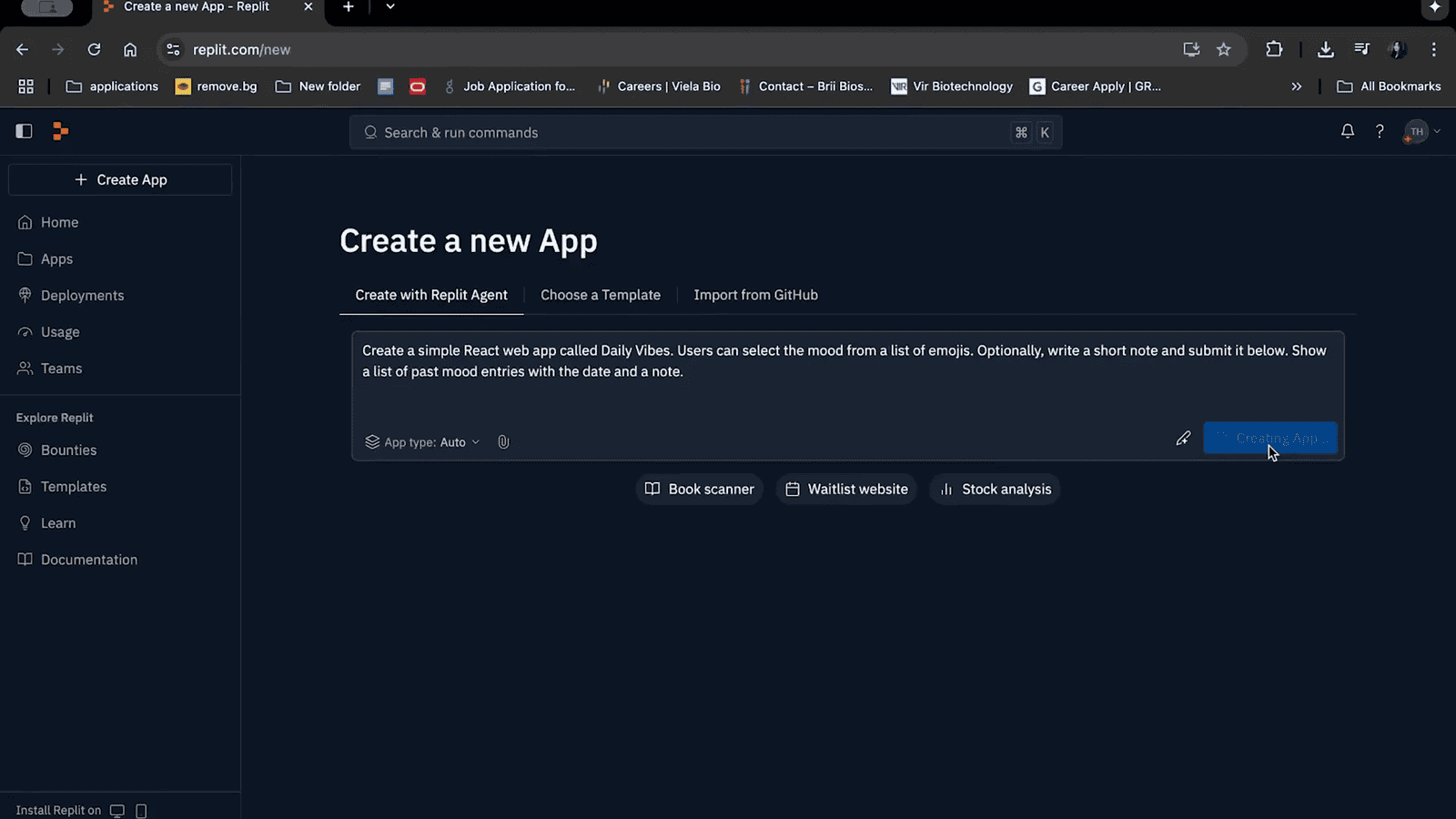The global economy is undergoing a profound transformation, fueled by rapid digital innovation. At the heart of this shift lies tokenization—a groundbreaking financial model that’s changing the way we understand assets, value, and ownership. In this article, we will explore the complex world of tokenization, its implications for finance and investment, and how it promises to democratize access to wealth and unlock a borderless financial system.
Table of Contents
- Understanding Tokenization
- The Historical Context of Tokenization
- Current Market Status and Future Predictions
- How Tokenization Works
- Advantages of Tokenization
- Challenges and Limitations
- The Role of Regulation in Tokenization
- Tokenization in Real Estate
- Tokenization in Art and Culture
- Future of Tokenization
- Conclusion
- FAQs About Tokenization
- Additional Resources on Tokenization
Understanding Tokenization
Tokenization is not just a tech trend; it represents a financial revolution. Through innovative projects in crypto real estate, artistic revolutions through NFTs, and regulatory frameworks like MiCA, tokenization is reshaping the pillars of the global economy. But what exactly is tokenization, and how does it work?
Tokenization refers to the process of converting rights to an asset into a digital token on a blockchain. This digital representation allows for fractional ownership, meaning that assets can be divided into smaller parts, making them more accessible to a broader range of investors. The promises of tokenization include decentralization, transparency, and efficiency, which can fundamentally change the financial and banking sector.
The Historical Context of Tokenization
As early as about five thousand years ago, people traded by exchanging goods or services. Over time, this evolved into trading shares in goods or services, leading to the establishment of stock markets. Companies began offering small shares to a variety of investors to raise capital for future growth. This need for shareholding has only increased, ultimately developing into the global financial market we know today.
Tokenization meets this need in an even more extreme way. It allows for the further segmentation of a unit into individual components, a form of fractionalization that can be traded. This is not a new concept, but the combination of fractionalization with digital and decentralized storage on the blockchain is what makes tokenization particularly revolutionary.
Current Market Status and Future Predictions
Currently, the market for tokenized assets is in a discovery or experimentation phase, with its value estimated at less than twenty billion dollars compared to a total market for digital assets at around three hundred and fifty billion US dollars. This disparity highlights the enormous growth potential that tokenization and blockchain technology hold for the future of finance. By 2027, this growth is projected to increase dramatically to an estimated six point eight nine billion dollars.
Fintech is rapidly becoming one of the biggest players in this digital token game. In 2022, the United States held the largest market share, but the landscape is evolving rapidly. New players are entering the market with innovative products and services aimed at capitalizing on the tokenization trend.
Key Players in the Tokenization Market
In Europe, several companies are leading the charge in tokenization. For instance, Luxembourg-based Tokeni Solutions provides an end-to-end platform that enables the issuance, transfer, and management of tradable digital assets and security tokens, such as tokenized loans and structured debt securities.
Another interesting player in the European market is Bitbond, a Berlin-based company that launched the first security token offering in Europe, approved by the German financial regulator BaFin in 2019. Bitbond’s services enable customers to create, manage, and distribute tokens and NFTs through EVM chains.
How Tokenization Works
Tokenization is facilitated through various technical standards, primarily the ERC-20 token standard, which is the most commonly used security token in the fintech industry. This standard allows for the creation of tokens that comply with current regulations for securities. When a company like Bitbond or Tokeni Solutions issues a token, it represents a security that can be traded on a blockchain such as Ethereum or Polygon.
A token serves as a digital representation of ownership rights to an asset. The process begins with the collection of information about the asset, which is then converted into a digital form and stored on the blockchain. A unique digital fingerprint of the asset is created, allowing for secure and transparent ownership verification.
Types of Tokens
There are several types of tokens, each serving different purposes:
- Security Tokens: Digital securities that can have the characteristics of stocks or bonds.
- Utility Tokens: Tokens that provide access to specific functionalities on a platform.
- Governance Tokens: Tokens that allow holders to participate in decision-making processes within a decentralized organization.
Understanding these distinctions is crucial for navigating the evolving token landscape. Security tokens, for example, require identification of token holders and may restrict transactions to authorized recipients. Utility tokens, on the other hand, allow users to access services or products within a specific ecosystem.
Advantages of Tokenization
Tokenization offers several advantages that can significantly impact the financial landscape:
- Fractional Ownership: Tokenization allows for the division of assets into smaller units, making it easier for investors to participate in markets that were previously inaccessible due to high entry costs.
- Increased Liquidity: Tokenized assets can be traded 24/7 on various platforms, providing investors with more opportunities to buy and sell.
- Lower Costs: By eliminating intermediaries, tokenization can reduce transaction fees and streamline processes.
- Transparency and Security: Blockchain technology ensures that ownership records are secure and transparent, reducing the risk of fraud.
Challenges and Limitations
Despite its many advantages, tokenization also faces challenges:
- Scalability: Many blockchains currently lack the capacity to handle the transaction volumes associated with tokenized assets.
- Regulatory Uncertainty: The evolving regulatory landscape can create confusion and hinder market growth.
- Cybersecurity Risks: Although blockchain technology is generally secure, vulnerabilities exist, particularly at points of integration with traditional systems.
The Role of Regulation in Tokenization
Regulatory frameworks are critical for the growth and acceptance of tokenization. One such framework is MiCA (Markets in Crypto-Assets), which aims to establish a consistent legal structure for cryptocurrencies and tokens traded on digital platforms across the European Union. This framework will help clarify the obligations of digital asset service providers and promote investor protection.
As tokenization becomes more mainstream, it will be essential for regulators to balance innovation with consumer protection. This includes defining the boundaries for different types of tokens and ensuring that adequate safeguards are in place to prevent fraud and ensure market integrity.
Tokenization in Real Estate
One of the most promising applications of tokenization is in the real estate sector. Tokenization enables property owners to divide their assets into smaller units, allowing investors to buy fractional shares of a property. This significantly lowers the barriers to entry for potential investors who may lack the capital to invest in entire properties.
For example, a property valued at one hundred thousand euros could be tokenized into one thousand tokens, each worth one hundred euros. Investors would then have the right to a percentage of rental income proportional to the number of tokens they hold.
Furthermore, tokenization removes the need for traditional bureaucratic processes, such as notarization, making real estate transactions more efficient. Purchasers can manage their tokens through mobile wallet applications, tracking incoming payments and monitoring token value fluctuations in real time.
Tokenization in Art and Culture
Tokenization is also making waves in the art world. Digital art projects have brought tokenization to public attention, particularly through the use of non-fungible tokens (NFTs). NFTs allow artists to tokenize their works, providing a unique digital identity that establishes ownership and provenance.
For instance, in March 2021, American artist Beeple sold a digital collage for an astonishing sixty-nine point three five million dollars at auction. This highlights the potential for artists to monetize their work in ways that were previously unimaginable.
Future of Tokenization
The future of tokenization looks promising, with various sectors poised to benefit from this transformative technology. From energy production to supply chain management, tokenization can enhance transparency, efficiency, and accessibility.
In the energy sector, for instance, tokenization allows for the creation of digital copies of energy units, enabling decentralized energy trading. This can empower smaller energy producers and democratize access to renewable energy investments.
Tokenization in Supply Chains
Supply chain tokenization represents a critical future of product transparency. Companies will be required to document every step of their supply chain, ensuring that human rights and environmental standards are upheld. Tokenization can facilitate this process by providing a transparent record of each production step, allowing consumers to verify the origins of their products.
Conclusion
As we navigate this rapidly evolving landscape, it’s clear that tokenization has the potential to reshape the financial world as we know it. By offering increased accessibility, transparency, and efficiency, tokenization can democratize wealth and create a more inclusive financial system.
While challenges remain, the continued development of regulatory frameworks and technological standards will be essential for unlocking the full potential of tokenization. As we move into the future, it is vital for investors, businesses, and regulators to engage in discussions that will shape the path forward for this transformative technology.
FAQs About Tokenization
What is tokenization?
Tokenization is the process of converting rights to an asset into a digital token on a blockchain, allowing for fractional ownership and increased accessibility.
What are the benefits of tokenization?
- Fractional ownership
- Increased liquidity
- Lower transaction costs
- Transparency and security
What challenges does tokenization face?
- Scalability issues
- Regulatory uncertainty
- Cybersecurity risks
How does tokenization impact real estate investments?
Tokenization allows property owners to divide their assets into smaller units, making it easier for investors to buy fractional shares and lowering the barriers to entry.
What role does regulation play in tokenization?
Regulatory frameworks like MiCA aim to provide clarity and security for tokenized assets, balancing innovation with consumer protection.
Additional Resources on Tokenization
For readers interested in exploring more about tokenization and its impact on the financial market, the following resource provides insights and up-to-date information on the evolving landscape of digital assets and blockchain technology.
Visit this page for more details.
This blog post is inspired by the video Token – Economic System Of The Future | Tokenize Everything. All credit for the video content goes to the original creator. Be sure to check out their channel for more amazing content!









